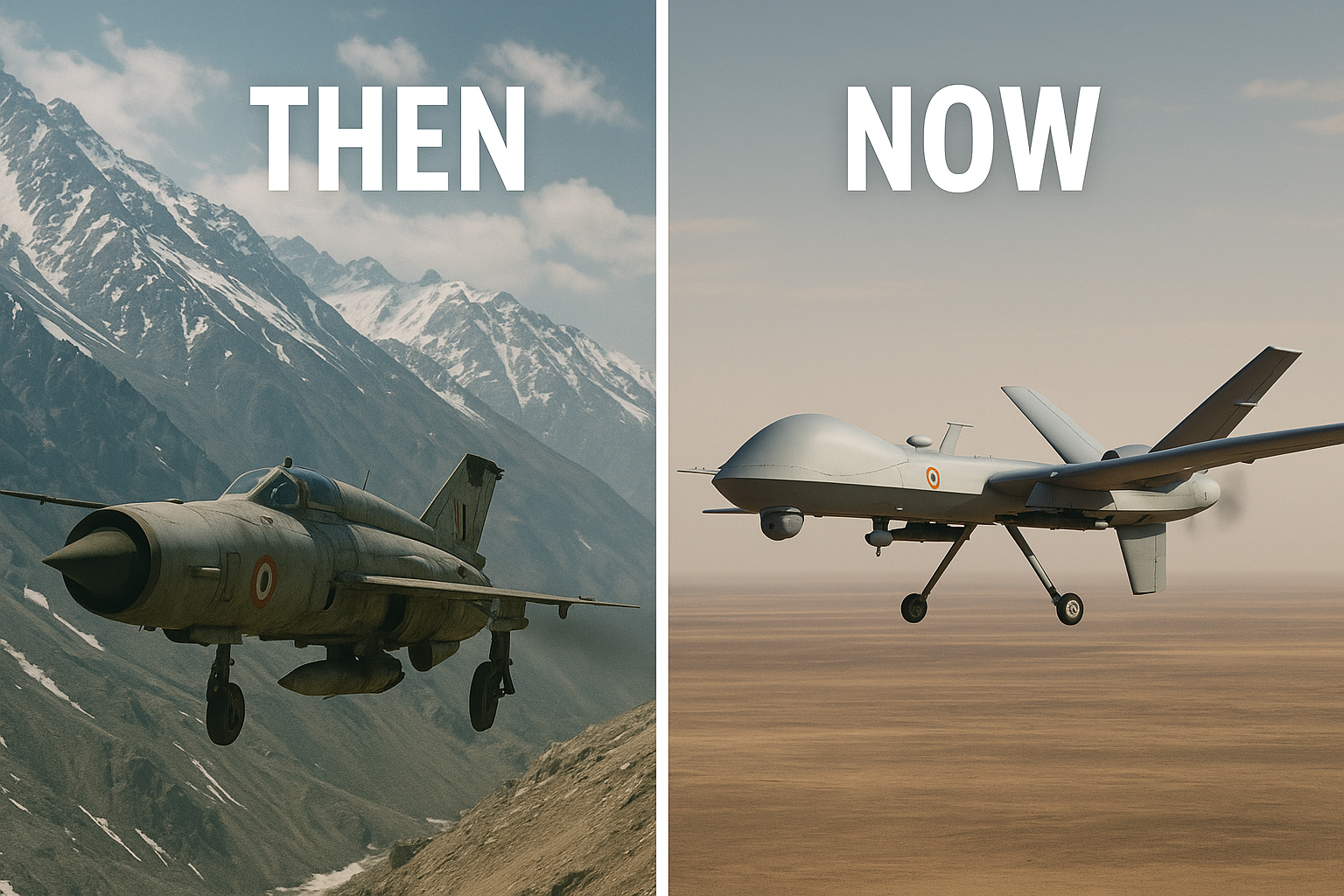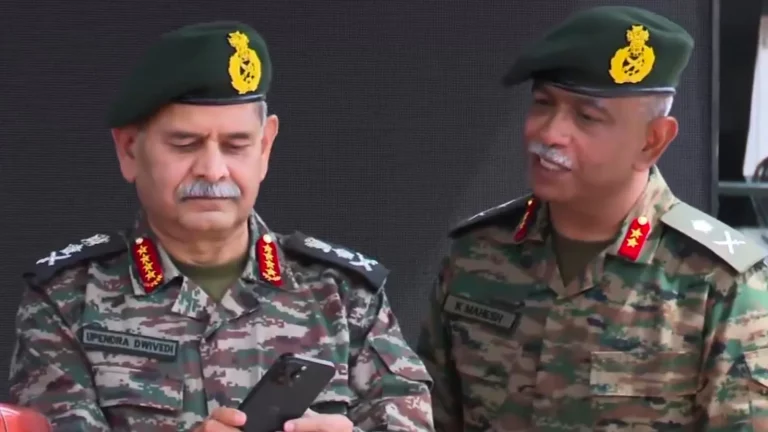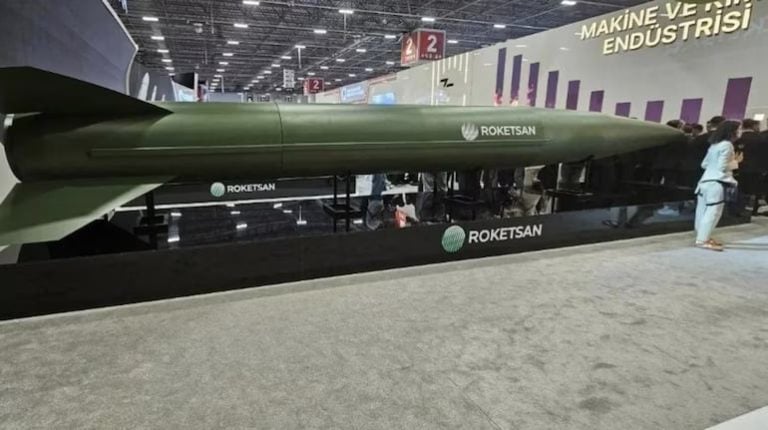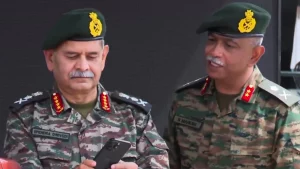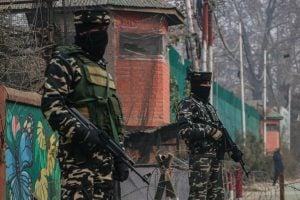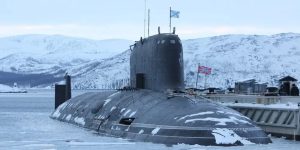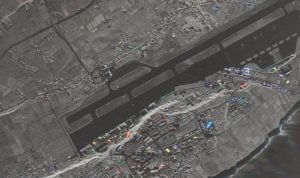On May 26, 1999, the Indian Air Force (IAF) undertook Operation Safed Sagar during the Kargil conflict, distinguishing itself as a significant chapter in military history. This operation marked the first extensive deployment of air power in the Kashmir region since the 1971 Indo-Pak War, emphasizing the strategic importance of air capabilities in high-altitude, mountainous warfare.
The backdrop of Operation Safed Sagar was characterized by the infiltration of Pakistani forces into key positions along the Line of Control (LoC) in the Kargil sector. The IAF faced unprecedented challenges, requiring combat operations at altitudes exceeding 15,000 feet, where factors such as thin air, rugged terrain, and unpredictable weather complicated aerial missions. The operation’s success hinged on the IAF’s ability to conduct precision targeting, utilizing aircraft like the Mirage-2000 and various MiG series jets, equipped with laser-guided bombs to minimize collateral damage.
Critical to the mission was the role of Mi-17 helicopters for troop transportation and logistical support amid challenging conditions. The IAF operated under strict rules of engagement, including a prohibition against crossing the LoC, necessitating exceptional coordination with ground forces to achieve its objectives without risking escalation.
Despite the operational risks, the bravery and skills of IAF pilots were evident, with losses highlighting the human cost of the conflict. Notable figures included Squadron Leader Ajay Ahuja, who was killed during a reconnaissance mission, and Flight Lieutenant Kambampati Nachiketa, who was captured by enemy forces. Their sacrifices embody the commitment of the IAF personnel involved and reinforced the seriousness of the campaign.
The successes of Operation Safed Sagar were pivotal in reclaiming vital strategic heights essential for India’s territorial integrity, turning the tide in favor of Indian forces. This groundbreaking air campaign not only validated the operational value of air power in high-altitude combat but also set the stage for future reforms within the IAF, leading to significant modernization efforts in response to the lessons learned during Kargil.
Post-Kargil, the IAF focused on overhauling its operational capabilities and capabilities, which included the introduction of advanced aircraft like the Su-30MKI. Infrastructure improvements enabled rapid deployment in northern regions, and enhanced coordination among the Indian armed forces resulted in the establishment of positions like the Chief of Defence Staff to streamline command structures.
The IAF continued to evolve in subsequent conflicts, demonstrating its capabilities during operations such as the 2019 Balakot air strikes. This bold move reflected a shift towards a more proactive defense posture, showcasing India’s readiness to confront cross-border threats with precision strikes.
In the face of new challenges such as drone warfare, the IAF has begun integrating unmanned systems into its operational framework, including the Heron drones for surveillance and reconnaissance. The push for indigenous technology development aligns with India’s Atmanirbhar Bharat initiative, aiming for greater self-reliance in defense production.
The strategic environment remains complex, especially in light of rising tensions with adversaries like China and Pakistan. The IAF is increasingly focusing on joint operations to fortify its responses to multi-domain threats, ensuring comprehensive readiness against diverse challenges.
Looking forward to 2030, the IAF’s modernization trajectory emphasizes the incorporation of hypersonic weaponry and stealth drones, further enhancing its strike capabilities and the ability to operate in contested environments. The integration of advanced surveillance systems and improved joint command structures will solidify India’s deterrent posture, ensuring that air power continues to be a cornerstone of national security.
Operation Safed Sagar thus serves as a lasting legacy—not merely as a military operation but as a transformative moment in India’s air power development. Its effects resonate today, shaping an agile, technologically advanced, and strategically sound air force that continues to adapt to the evolving demands of modern warfare while honoring the sacrifices and resilience of those who served in its formative years.
